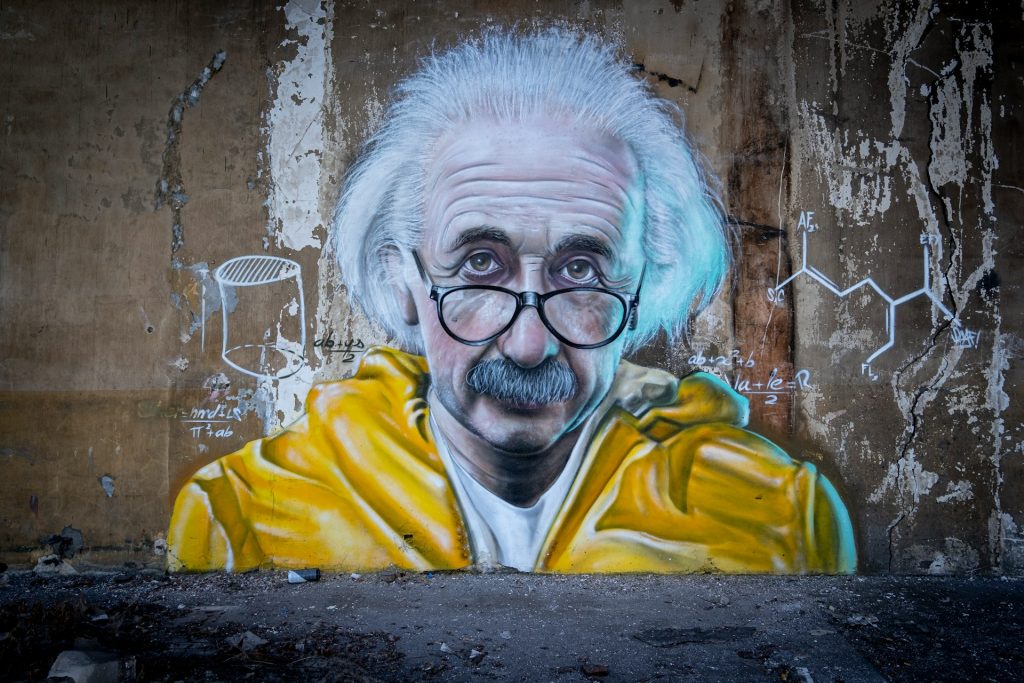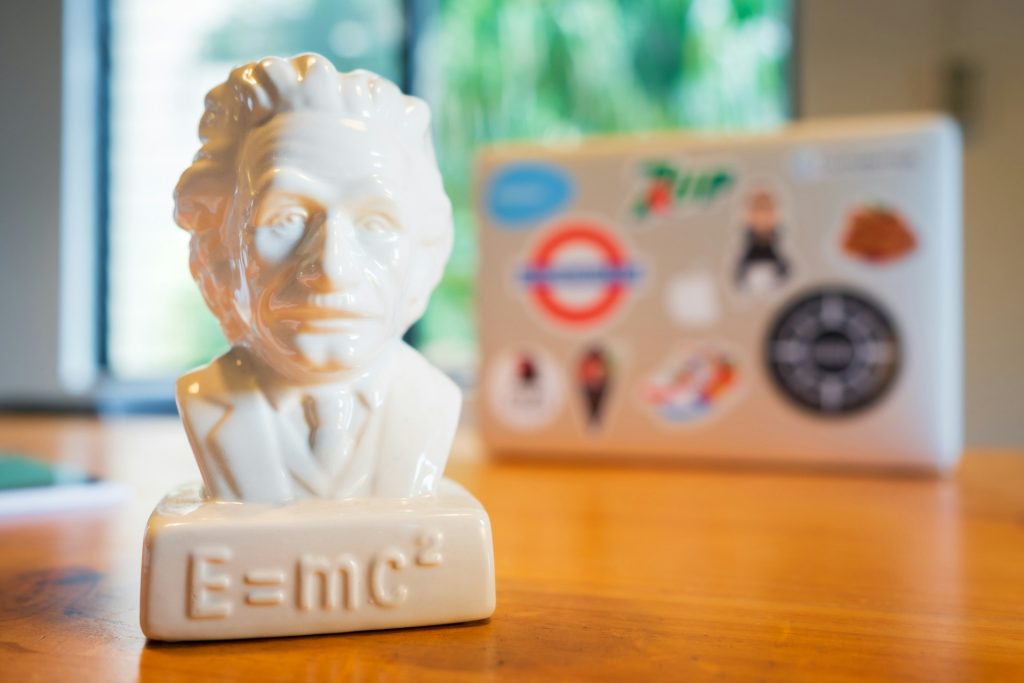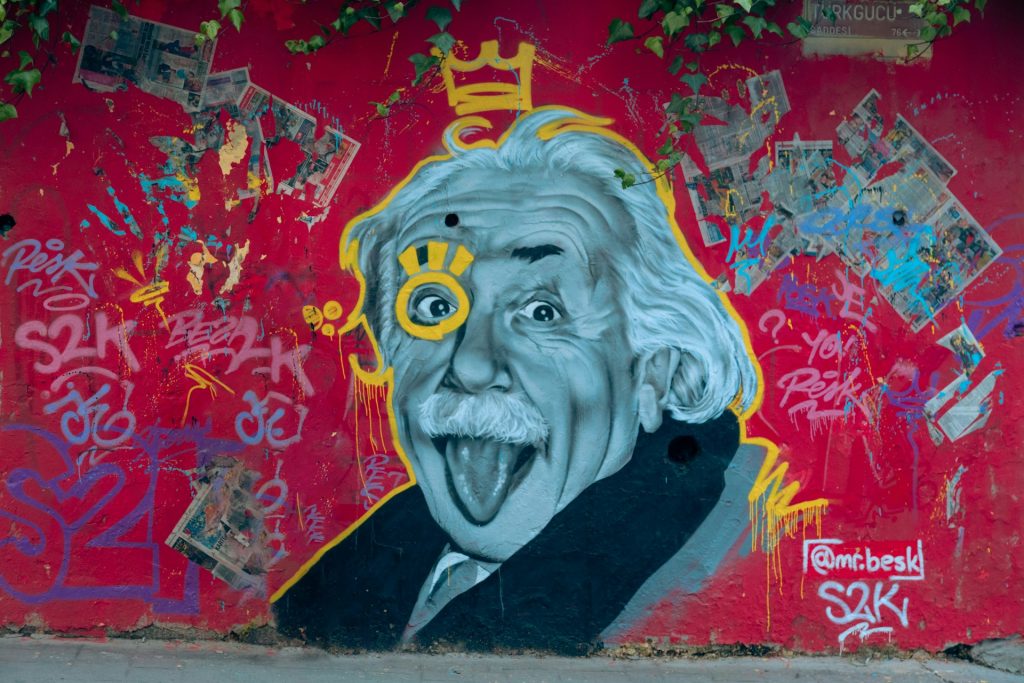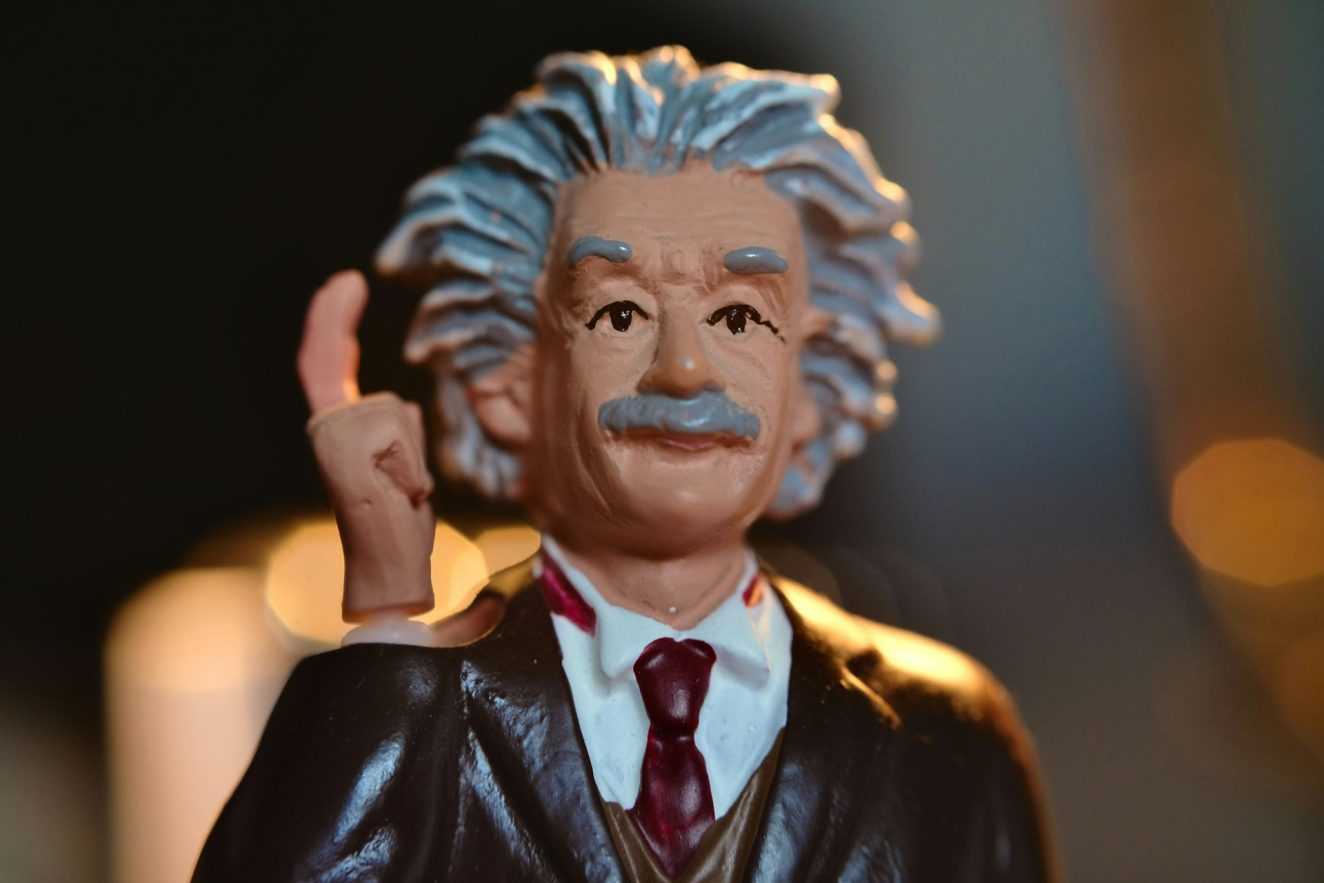Albert Einstein’s General Relativity Theory, born in 1915, marked a revolutionary leap in our understanding of gravity and the fabric of the universe. In this exploration, we unravel the intricacies of this groundbreaking theory, delving into the profound concepts that reshaped our comprehension of space, time, and the forces that govern them.

Extending the Horizon of Special Relativity
Special Relativity’s Foundation
Einstein’s journey into general relativity began by extending his prior theory of special relativity. While special relativity dealt with inertial frames of reference, general relativity took a bold step further, accommodating non-inertial frames — regions experiencing acceleration with respect to each other.
From Space-Time Continuum to Curvature
The concept of the space-time continuum was already in existence, but under general relativity, Einstein redefined it as a dynamic entity. Gravity, according to Einstein, was not a force between masses but rather the bending of space-time geometry itself. He introduced a set of field equations to encapsulate this profound idea.
Principle of Covariance
Unifying the Laws of Physics
Einstein introduced the principle of covariance, asserting that the laws of physics must exhibit the same form in all coordinate systems. This mirrored the relativity principle, where the laws of physics remain consistent for all observers in constant motion. General relativity, it appeared, was a natural extension of special relativity, emphasizing the equality of all space-time coordinates.
Covariance and Gravitational Fields
Applying the principle of covariance meant that gravitational fields and accelerating frames shared the same behavior in space-time. Objects with mass not only influenced the geometry of space-time but also curved it. Einstein’s ingenuity lay in connecting gravity to the curvature of the space-time continuum.

Understanding Gravity in Curved Space-Time
Deciphering the Motion of Planets
Einstein’s theory explained the mystery of gravity’s origin by attributing it to the curvature of space-time. Objects moved through space along the “straightest” path dictated by this curvature, elucidating the orbits of planets around the sun. This conceptual shift fundamentally altered our perception of gravitational forces.
Analogous Paths: Earthly and Celestial
By drawing an analogy to Earthly travel, where the shortest path is often a curved trajectory, Einstein clarified the motion of celestial bodies. The curvature of space-time, akin to Earth’s surface, dictated the paths that required the least energy — an observation that harmonized with planetary movements.
Experimental Verification and Recognition
1919 Eclipse Expedition: A Defining Moment
Einstein’s theories faced scrutiny until the 1919 eclipse expedition led by British astronomer Arthur Eddington. The goal was to observe the deflection of light by the sun, validating Einstein’s predictions. The successful results cemented general relativity’s place in scientific history, propelling Einstein to global fame.
Einstein’s Celestial Triumph
With the eclipse observations aligning with his predictions, Einstein’s theory had been experimentally verified. The scientific community embraced general relativity, acknowledging its explanatory power in elucidating the gravitational mysteries of the universe.

In conclusion, Albert Einstein’s General Relativity Theory remains an enduring testament to human intellect and curiosity. By bridging the gaps between space, time, and gravity, Einstein fundamentally altered our perception of the cosmos. Over a century later, the echoes of his brilliance continue to resonate, guiding our exploration of the universe and inspiring generations of scientists to probe the mysteries that lie beyond.





